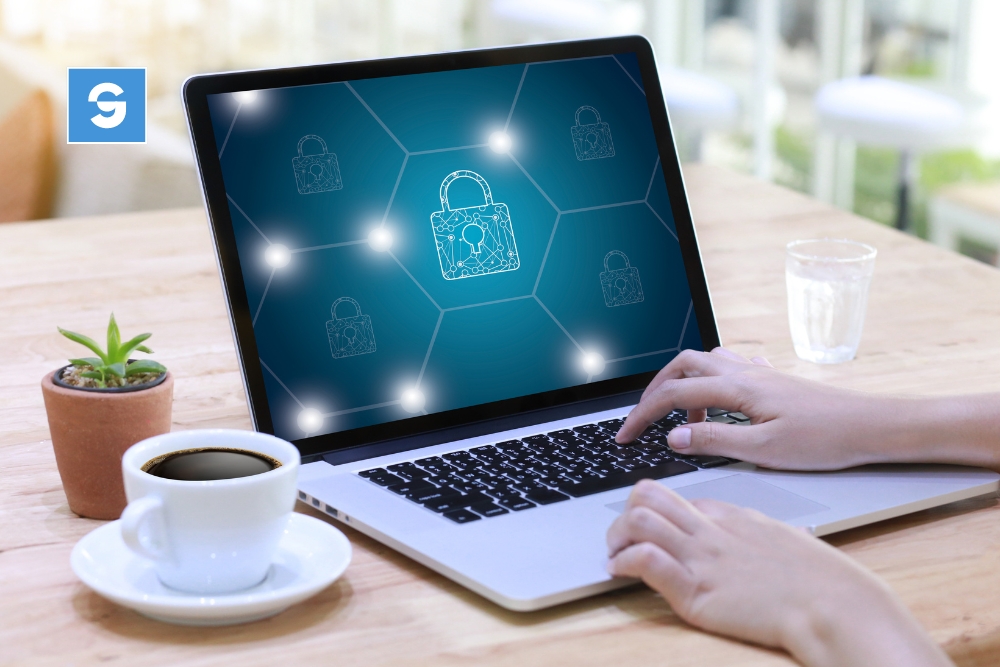9 Transcription Strategies to Protect Your Confidentiality
When it comes to transcription, maintaining confidentiality is extremely important. Whether you are transcribing sensitive medical records, legal documents, or personal interviews, you must implement strategies to protect the information you handle. Here are effective approaches you can adopt to ensure confidentiality in your transcription work.
1. Understand Confidentiality Agreements
Before you start any transcription project, familiarize yourself with confidentiality agreements. These legal documents outline your responsibilities regarding the handling of sensitive information. Make sure you read and understand the terms, as they often stipulate how to handle data, sharing restrictions, and consequences for breaches. Adhering to these agreements builds trust with your clients and protects both parties legally.
2. Use Secure Platforms
When transcribing, choose secure platforms that prioritize data protection. Avoid using public Wi-Fi networks for accessing or submitting documents, as these can expose your work to unauthorized access. Instead, use a virtual private network (VPN) or a secure, encrypted connection. Also, opt for transcription software that offers features like secure file storage, encrypted communications, and access control.
3. Implement Strong Passwords
Password protection is crucial for safeguarding your transcription files. Use strong, unique passwords for your accounts and files. A good password should be at least 12 characters long and include a mix of upper and lower case letters, numbers, and special symbols. Consider using a password manager to keep track of your passwords securely. Additionally, enable two-factor authentication (2FA) whenever possible for an extra layer of protection.
4. Limit Access to Information
You should only access and transcribe files that you absolutely need to work on. If you are part of a team, limit access to sensitive information to only those who require it. Implementing a need-to-know basis ensures that only authorized personnel can view confidential files. Use secure file-sharing methods that allow you to control who can access the documents and what they can do with them.
5. Anonymize Sensitive Data
If feasible, anonymize any sensitive information within your transcripts. For example, replace names, locations, and other identifiable information with pseudonyms or generic terms. This practice reduces the risk of unauthorized identification and protects the privacy of individuals involved. Even if you have a confidentiality agreement in place, anonymizing data is a proactive measure that further enhances privacy.
6. Keep Software Up-to-Date
Ensure that your transcription software, operating system, and antivirus programs are always updated. Software updates often contain security patches that protect against vulnerabilities and cyber threats. Regularly updating your tools minimizes the risk of data breaches and keeps your transcription process secure. Set your software to update automatically whenever possible to ensure you never miss a critical security enhancement.
7. Secure File Storage
Where you store your files plays a crucial role in confidentiality. Avoid using unencrypted storage solutions for sensitive information. Instead, choose cloud services that offer strong encryption and data protection measures. Additionally, consider using external hard drives or encrypted USB drives for offline storage. Always back up your work securely to prevent data loss while ensuring confidentiality.
8. Be Cautious with Communication
When discussing transcription projects, be mindful of how you communicate. Avoid discussing sensitive information in public spaces or over unencrypted communication channels. If you need to share information, use secure messaging platforms that offer end-to-end encryption. Always double-check that you are sending information to the correct recipient and that they are authorized to receive it.
9. Conduct Regular Security Audits
To maintain a high level of confidentiality, conduct regular security audits of your processes and tools. Review your data handling practices and assess the security of your systems. Identify any potential vulnerabilities and address them promptly. Regular audits help ensure that you are consistently adhering to best practices for confidentiality in your transcription work.
Protecting confidentiality in transcription is an ongoing commitment that requires diligence and awareness. By implementing these strategies, you not only safeguard sensitive information but also build a reputation as a trustworthy transcriptionist. Remember, confidentiality is not just a legal obligation; it’s a fundamental aspect of professional integrity that can lead to lasting relationships with clients.
